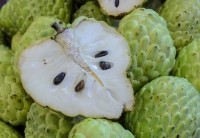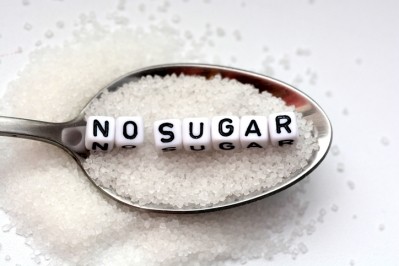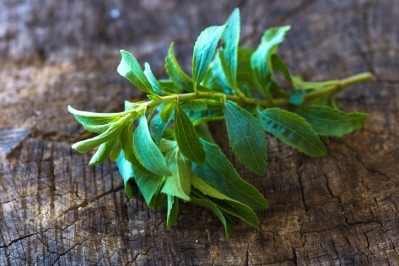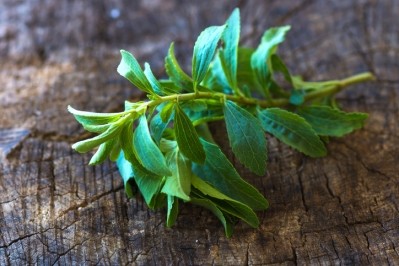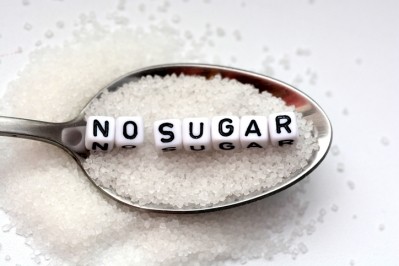EFSA to consider limits for kaurenoic acid in stevia
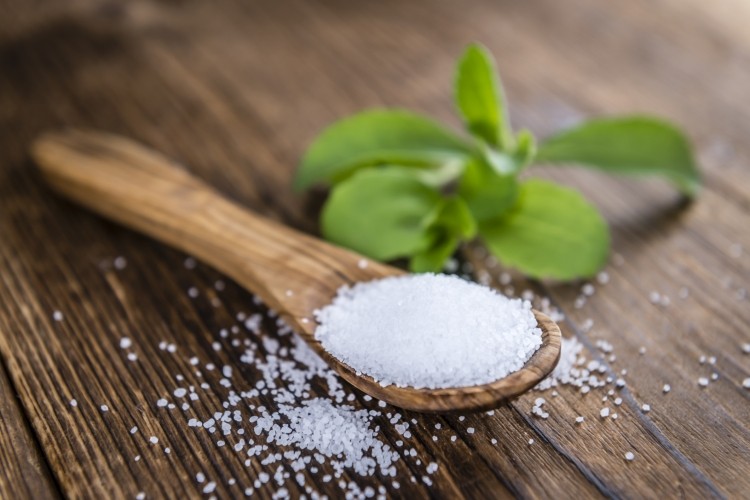
Representatives from Cargill, DSM and the International Stevia Council (ISC) attended an ad-hoc technical meeting with EFSA scientists last month on the impurity kaurenoic acid in stevia sweeteners.
Pure Circle, Coca Cola, Sweegen and Intertek attended via conference call.
A presentation given by Camilla Smeraldi, senior scientific officer at EFSA’s food ingredients and packaging unit, noted that in all the previous application dossiers submitted by stevia producers to EFSA for the safety all-clear, “the presence of kaurenoic acid was never reported by any of the applicants".
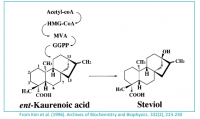
"Consequently, no limits for kaurenoic acid are currently included in the specifications for the food additives steviol glycosides according to Regulation (EU) No. 231/2012.”
“EFSA will be finalising the assessment on the new production process by fermentation for the food additive steviol glycosides (E 960). Based on all the information available, EFSA may recommend adding limits for kaurenoic acid to the specifications for E960,” she added.
Stevia suppliers, however, said the impurity was no cause for concern.
DSM, Cargill, PureCircle and Sweegen provided EFSA scientists with data on tests performed on various commercially available samples.
Out of a total of 40 samples, they said no kaurenoic acid was found at levels of detection ranging from <0.25 to <1 ppm.
Maria Teresa Scardigli, executive director of the International Stevia Council, the trade association that represents the stevia industry, said: “Kaurenoic acid is a precursor in the formation of steviol glycosides in the leaf and steviol glycosides are the sweet compounds naturally found in the leaf of the stevia plant.
“In addition, kaurenoic acid is naturally found in a fruit, cherimoya, which is grown, sold and consumed in markets such as Spain and Portugal," she told
FoodNavigator.
“Kaurenoic acid is not found in high purity stevia leaf extracts, the ingredient extracted from the Stevia plant and commercialized as sweeteners in numerous food and beverage products worldwide."
The ISC was now preparing to submit detailed data to EFSA to show the absence of kaurenoic acid in steviol glycosides in high purity stevia leaf extracts, she added.
A spokesperson for DSM, which last year took the first regulatory steps to bring fermented steviol glycosides to the European market, said the company has “no doubts” about the safety of kaurenoic acid “at the very low levels in which it is present in steviol glycosides”.
“We are happy to provide additional safety data to EFSA, and should EFSA deem it desirable to apply any limit, will ensure that KA levels are below that,” he added.
A spokesperson for US supplier SweeGen said that it was “very easy” to limit kaurenoic acid in stevia and this would not lead to increases in cost.
